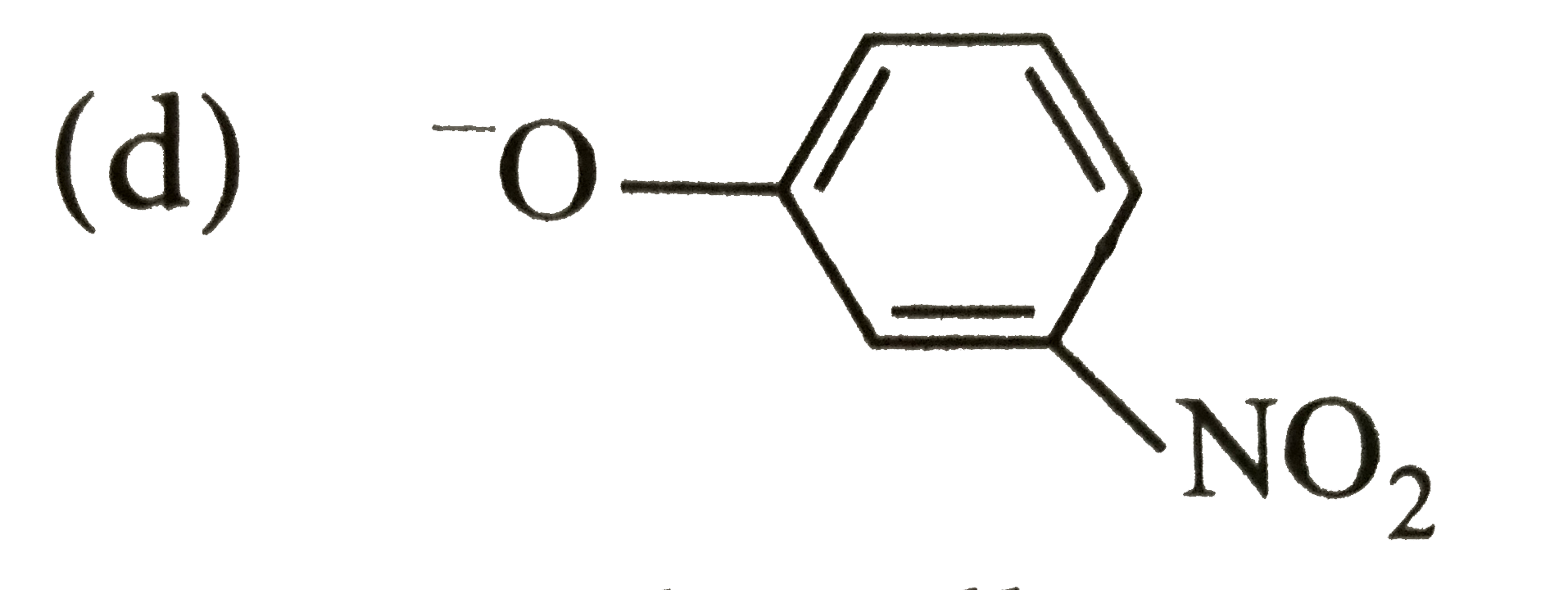A
B
C
D
Text Solution
AI Generated Solution
The correct Answer is:
|
Topper's Solved these Questions
CO-ORDINATION COMPOUNDS
VK JAISWAL ENGLISH|Exercise SUBJECTIVE PROBLEMS|42 VideosView PlaylistCHEMICAL BONDING (BASIC)
VK JAISWAL ENGLISH|Exercise SUBJECTIVE PROBLEMS|54 VideosView Playlistd-BLOCK ELEMENTS
VK JAISWAL ENGLISH|Exercise ASSERTION-REASON TYPE QUESTIONS|32 VideosView Playlist
Similar Questions
Explore conceptually related problems
Knowledge Check
Similar Questions
Explore conceptually related problems
VK JAISWAL ENGLISH-CO-ORDINATION COMPOUNDS-LEVEL 2
- Choose the correct option regarding the following complex compound whi...
05:13
|
Play - If CO ligands are substituted by NO in respective neutral carbonyl com...
02:11
|
Play - Which of the following species can act as reducing agent ?
04:29
|
Playing Now - If Delta(0) lt P, the correct electronic configuration for d^(4) syste...
01:46
|
Play - Which of the following statement is not correct?
04:36
|
Play - Give the correct of initials T or F for following statements. Use T if...
05:29
|
Play - match List-I with list-II and select the correct answer using the code...
06:18
|
Play - The value of 'spin only' magnetic moment for one of the following conf...
01:46
|
Play - The correct order of magnetic moments (spin values in B.M.) among is:
03:17
|
Play - Which of the following statements is incorrect?
03:04
|
Play - Set of d-orbitals which is used by central metal during formation of M...
02:15
|
Play - FeSO(4) is a very good absorber for NO, the new compound formed by thi...
03:56
|
Play - A [M(H(2)O)(6)]^(2+) complex typically absorbs at around 600 n. it is ...
02:27
|
Play - Given that the energy of the photons of different colours decreases in...
10:14
|
Play - The CFSE for octahedral [CoCl(6)]^(4-) is 18,000 cm^(-1) . The CFSE fo...
01:38
|
Play - MnO(4)^(-) is of intense pink colour, though Mn is in(+7) oxidation st...
02:26
|
Play - In which of the following complex ion the value of magnetic moment (sp...
05:45
|
Play - Which of the following order of CFSE is incorrect?
02:47
|
Play - For which of the followng d^(n) configuration complexes, can not exist...
02:47
|
Play - Consider the following complex: [Co(NH(3))(5)CO(3)]ClO(4) The coordi...
03:42
|
Play
